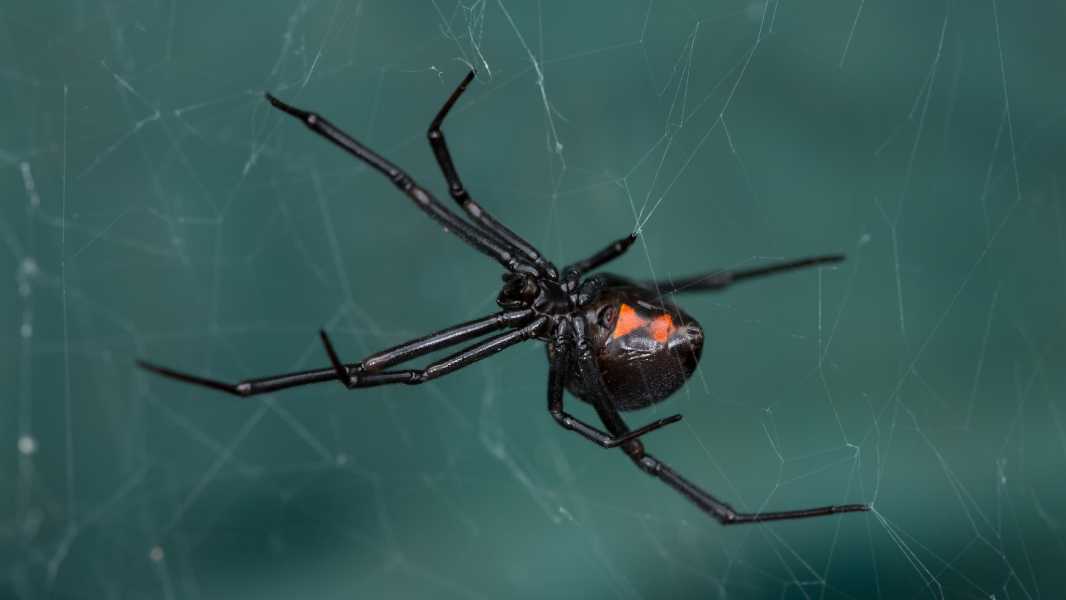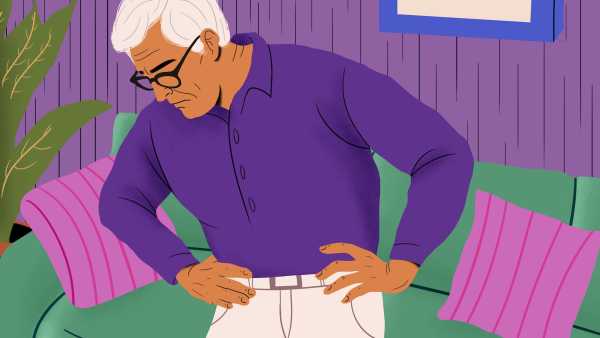
A woman was hospitalized after an unusual exposure to black widow venom. (Photo credit: SweetyMommy via Getty Images)
Patient: 37-year-old woman from California.
Symptoms: A woman came to the emergency room with swelling of the upper and lower eyelids of her left eye that felt like a burning sensation. Her conjunctiva — the thin protective membrane that covers the whites of the eyes and the inside of the eyelids — was also swollen.
What happened next: Shortly after arriving at the hospital, the woman's symptoms worsened. Her eye continued to swell, almost completely shut. Within 10 to 20 minutes of being admitted, she developed neck pain and nausea, followed by cramps in her abdomen, thighs, and calves. Two hours later, she began to experience tingling in her extremities.
You may like
- Rash 'moved' across man's body from his anus
- Woman heard a 'pop' during a Pilates class. She developed a leak in her spine.
- American woman dies of prion disease after receiving infected injection 50 years ago
Diagnosis: A woman told doctors that about 20 minutes before her emergency room visit, she and her husband noticed a large black spider in a shed. Her husband said it was a venomous western black widow (Latrodectus hesperus) and hit it with a hammer, “which sent the spider flying everywhere,” doctors wrote in the case report.
The brutal crushing made it difficult to definitively identify the spider's species. When the spider was crushed, a fragment entered the woman's eye, causing immediate pain and swelling.
Doctors concluded that the woman's symptoms were the result of accidental exposure to black widow venom, enough of which had passed through her eye tissue into her bloodstream and spread throughout her body. A compound in the venom, known as alpha-latrotoxin, affects vertebrates, particularly the central nervous system, including the brain and spinal cord.
Symptoms caused by the venom can be severe and last for several days, and in rare cases, they can lead to long-term pain or severe allergic reactions. However, in most cases, exposure to the venom is not fatal. In a 2023 study that analyzed more than 23,000 cases of human bites from black widow spiders, only 1.4% had life-threatening symptoms.
Treatment: Doctors gave the woman 50 milligrams of Benadryl, an antihistamine that helps reduce inflammation, which significantly reduced the swelling in her eye. To help with other symptoms, doctors recommended intravenous calcium gluconate, which is often used for black widow bites.
However, the patient refused this treatment, saying that she could cope with the discomfort without additional measures. Three hours after the encounter with the spider, the woman was discharged from the hospital with eye drops containing the steroid hydrocortisone to further reduce swelling, as well as the antibiotic neomycin to prevent bacterial infection. Doctors advised her to return to the hospital if the symptoms recurred.
At a follow-up visit more than a week later, the patient reported that the swelling had resolved about 48 hours after being discharged from the hospital, but the eye remained red for about five days. She continued to experience cramping in her abdomen, legs, and neck for about 72 hours after discharge. Nausea and a general feeling of trembling persisted for about seven days.
What makes this case unusual is that most people who have been exposed to black widow venom
Sourse: www.livescience.com





